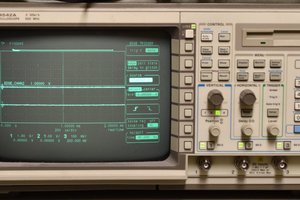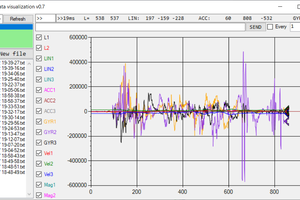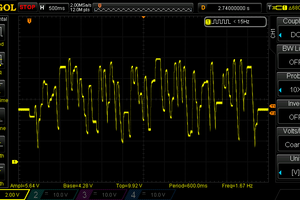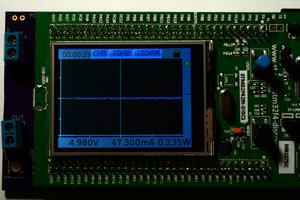I created GPIBCON as a first step toward an extensible control program. This version is very simple and only talks to a single instrument. but multiple instances can be run. It's text-based and runs in a standard terminal window. You configure it for the specific instrument via an ASCII config file.
Source code & config file comments provide the details. Basically you add the GPIB commands to the config file and run the program with the name of the virtual serial port device. It displays a 'console' of data from the instrument along with a command prompt to control it.
The program is written in ANSI C and distributed under the MIT license. It should compile without problems on Mac OS and most U/Linux distributions. Dunno about Windows.
Feel free to use as-is or a starting point for something more capable.



 Bharbour
Bharbour
 Evgeny
Evgeny
 RoGeorge
RoGeorge
 MobileWill
MobileWill
Greetings Brian. Impressive looking code. I'm eager to give it a spin. Do you know if this might work with the Agilent 82357B USB-GPIB adapter?